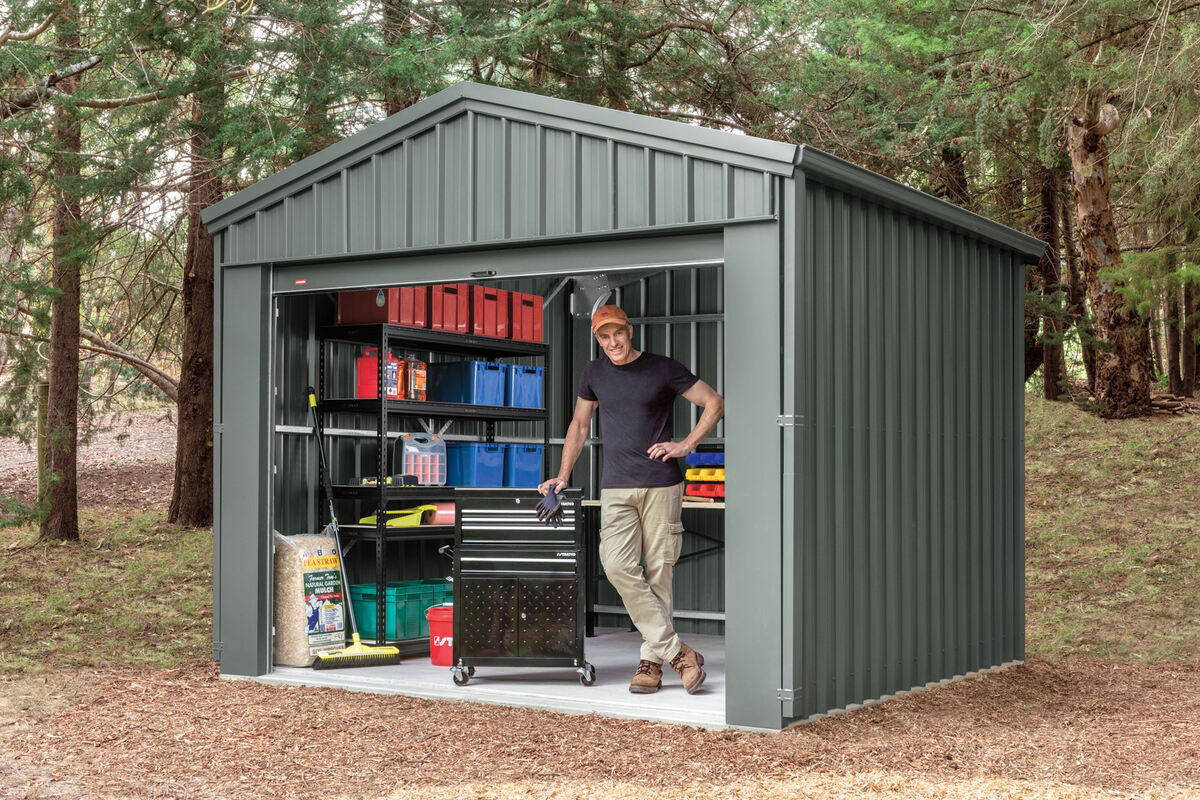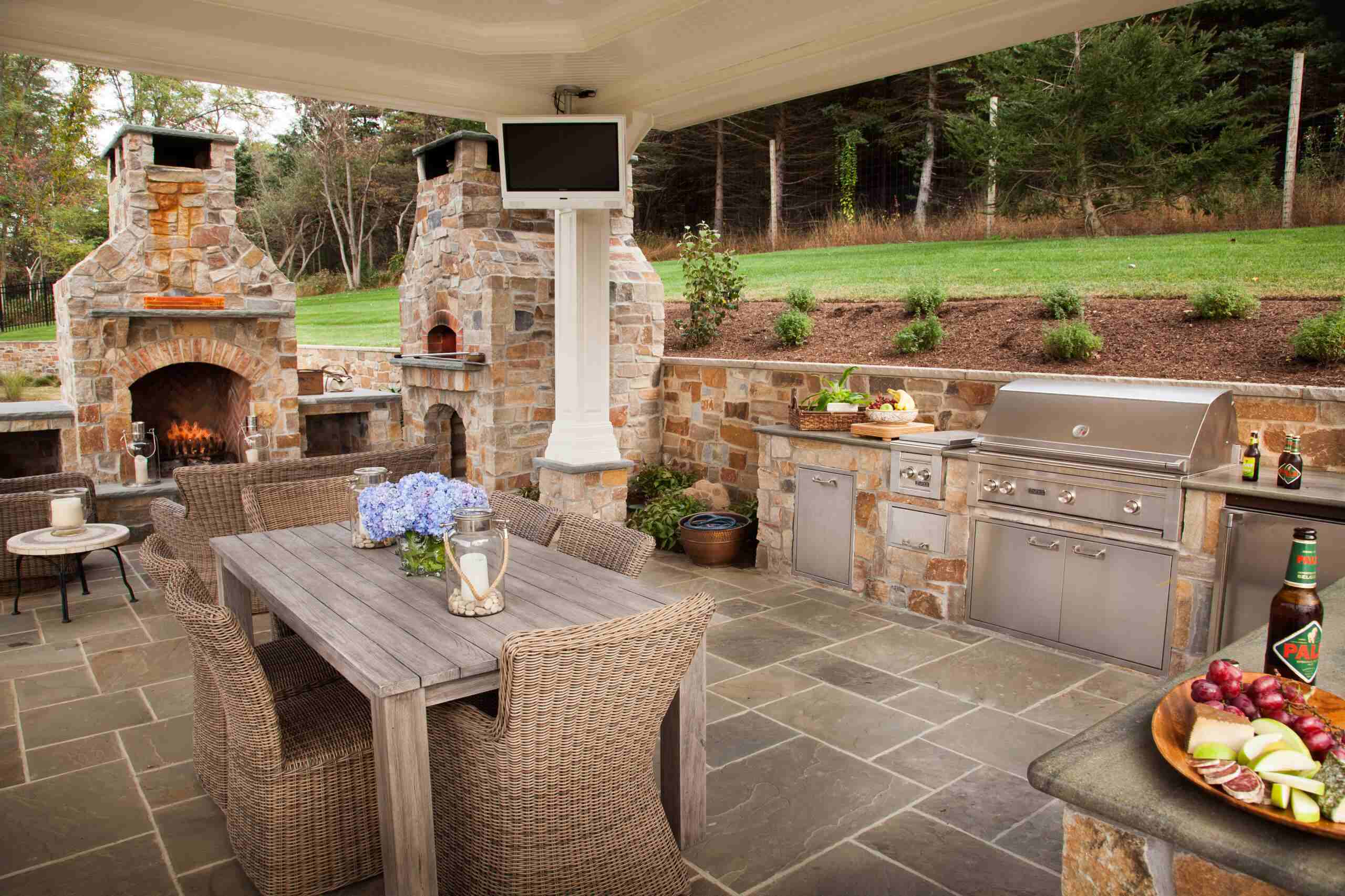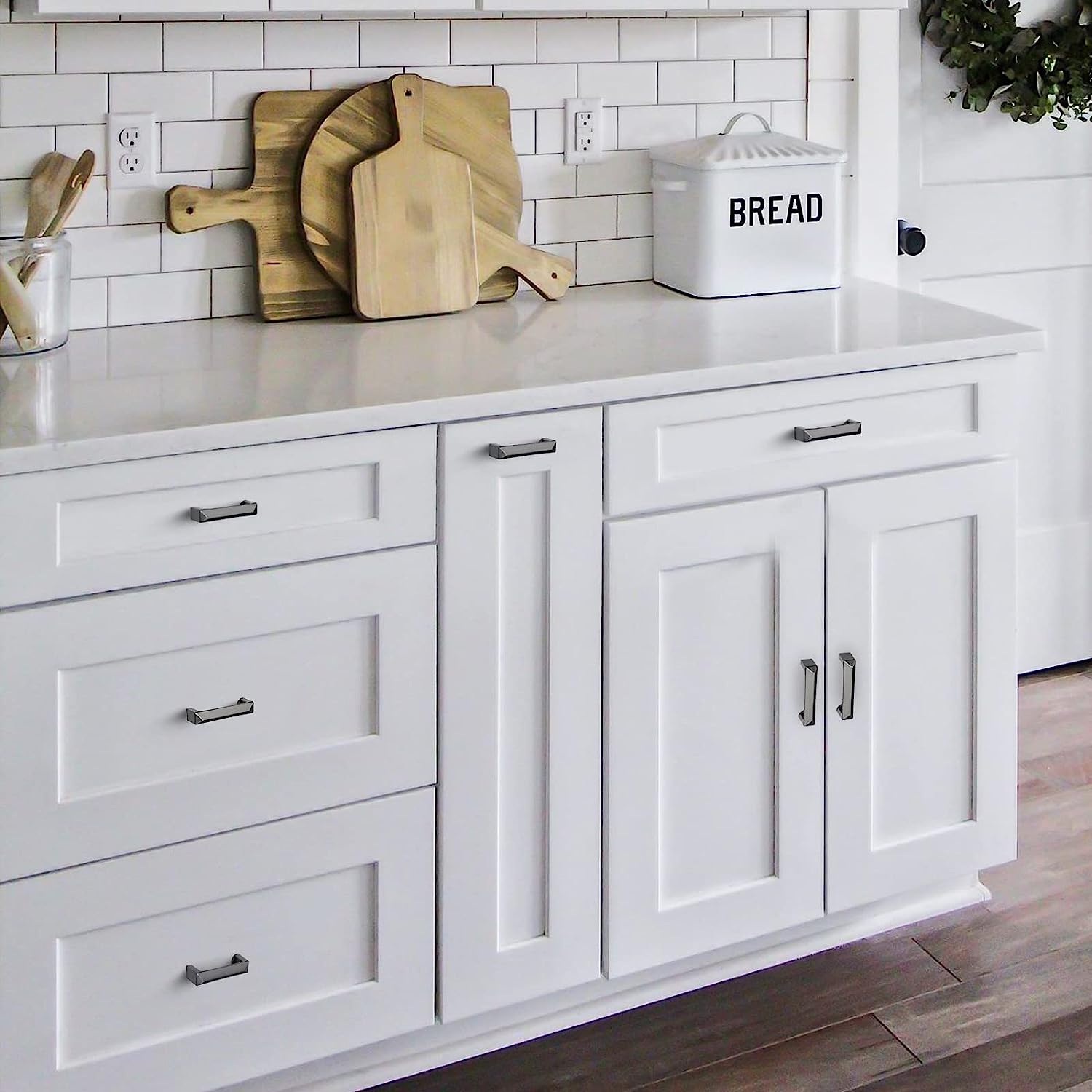Home>Gardening & Outdoor>Outdoor Structures>Where To Place A Shed


Outdoor Structures
Where To Place A Shed
Published: January 20, 2024
Discover the best locations for placing a shed and optimizing your outdoor space with our expert tips. Explore ideal spots for outdoor structures and make the most of your property.
(Many of the links in this article redirect to a specific reviewed product. Your purchase of these products through affiliate links helps to generate commission for Storables.com, at no extra cost. Learn more)
Introduction
When it comes to adding a shed to your property, choosing the right location is crucial. The placement of your shed can impact its functionality, longevity, and overall aesthetic appeal. Before you embark on this project, there are several key factors to consider to ensure that you select the optimal placement for your shed. By carefully evaluating local regulations, available space, ground conditions, accessibility, and aesthetics, you can make an informed decision that will enhance both the practicality and visual harmony of your outdoor space. Let’s delve into these considerations to guide you in determining where to place your shed.
Key Takeaways:
- Choose the right shed location by considering local regulations, available space, ground conditions, accessibility, and aesthetics. This ensures functionality, longevity, and visual appeal.
- Prioritize shed accessibility and visual harmony with your outdoor space to optimize practicality and enhance the overall appeal of your property.
Read more: How To Place A Shed On A Slope
Local Regulations and Zoning Laws
Before determining the placement of your shed, it’s essential to familiarize yourself with local regulations and zoning laws. Different areas have specific guidelines regarding the construction of outdoor structures, including sheds. These regulations often dictate the allowable size, height, setback requirements, and even the location of sheds within a property. Some areas may require obtaining permits or adhering to certain building codes.
By consulting your local building department or zoning authority, you can gain valuable insights into the specific requirements that apply to your property. Understanding these regulations will help you identify any potential restrictions on where you can place your shed. It’s important to comply with these guidelines to avoid any legal issues and ensure that your shed is positioned in a permissible location.
Available Space
Assessing the available space on your property is a fundamental step in determining the placement of your shed. Consider the dimensions of the shed and its surrounding space, taking into account both the footprint of the structure and the clearance needed around it. Ideally, the shed should have ample space around its perimeter to allow for maintenance, airflow, and easy access.
When evaluating the available space, take note of any existing landscaping, trees, or structures that could impact the placement of the shed. Additionally, consider the proximity to your home and other outdoor amenities. You’ll want to ensure that the shed is conveniently located while complementing the overall layout of your property.
Furthermore, consider the topography of your property. If your land is sloped or uneven, you may need to address grading and leveling to create a stable foundation for the shed. Understanding the spatial dynamics of your property will help you identify the most suitable location for the shed, ensuring that it integrates seamlessly with the existing landscape.
Ground Conditions
The ground conditions of your property play a significant role in determining the ideal placement for your shed. Assessing the soil type, drainage patterns, and potential environmental factors is crucial in ensuring the longevity and stability of the structure.
Start by examining the soil composition. Different soil types have varying levels of compaction, drainage, and stability. For instance, clay soils retain more moisture and may require additional measures to prevent water-related issues, while sandy soils drain more quickly but may necessitate reinforcement to support the shed’s foundation.
Moreover, consider the natural drainage patterns on your property. It’s important to position the shed in an area that minimizes the risk of water accumulation and potential flooding. Avoid low-lying areas that are prone to pooling water, and instead, opt for a location that promotes proper water runoff and drainage.
Environmental factors such as sunlight exposure and prevailing wind directions should also be taken into account. Placing the shed in an area that receives adequate sunlight can help prevent moisture-related issues and promote a favorable environment for stored items. Additionally, considering wind patterns can aid in positioning the shed to minimize exposure to strong gusts, enhancing its structural integrity.
By carefully evaluating the ground conditions, you can identify a suitable location that promotes the stability, durability, and overall well-being of your shed.
When placing a shed, make sure it is on level ground to prevent water pooling. Consider the direction of the sun to maximize natural light and minimize moisture buildup. Also, check local building codes for any restrictions on shed placement.
Accessibility
When determining the placement of your shed, evaluating its accessibility is crucial for practicality and convenience. Accessibility encompasses both the ease of reaching the shed and the functionality of its surroundings.
First, consider the proximity of the shed to your home and other frequently used areas of your property. Placing the shed within a reasonable distance from your home can enhance its accessibility, making it more convenient to retrieve tools, equipment, or stored items. Additionally, if you plan to use the shed as a workspace, positioning it closer to your home can facilitate seamless transitions between indoor and outdoor activities.
Furthermore, assess the pathways leading to the shed. Ensure that there are clear, well-defined pathways that provide unobstructed access to the structure. This may involve trimming overhanging branches, clearing debris, or creating designated walkways to the shed. Accessibility also extends to the functionality of the shed’s interior. Adequate space within the shed and organized storage solutions contribute to its overall accessibility and usability.
Considering the practical aspects of accessing the shed, such as the ease of transporting items to and from the structure, is essential. If you frequently use large equipment or materials, positioning the shed in a location that allows for convenient loading and unloading can streamline your outdoor activities.
By prioritizing accessibility in the placement of your shed, you can optimize its functionality and seamlessly integrate it into your daily routines and outdoor endeavors.
Read more: Where To Place A Projector
Aesthetics
While functionality and practical considerations are paramount, the aesthetic integration of your shed within your outdoor space is equally important. The placement of the shed can significantly impact the overall visual harmony and appeal of your property.
Consider how the shed will complement the existing landscape and outdoor architecture. Aim to position the shed in a location that harmonizes with the natural surroundings and the design elements of your property. This may involve aligning the shed with the architectural lines of your home, integrating it into garden features, or strategically placing it to enhance the overall visual balance of your outdoor space.
Furthermore, explore the potential for landscaping around the shed to soften its appearance and create a cohesive outdoor environment. Incorporating plantings, decorative borders, or pathways can enhance the aesthetic appeal of the shed’s surroundings, creating a visually appealing focal point within your landscape.
Additionally, consider the visual impact from various vantage points, both within your property and from neighboring properties. Positioning the shed in a location that maintains visual harmony and minimizes obtrusiveness from key viewpoints can contribute to a more pleasing overall aesthetic.
By carefully considering the aesthetics of the shed’s placement, you can elevate the visual appeal of your outdoor space while ensuring that the shed becomes an integrated and harmonious element of your property’s landscape design.
Conclusion
Choosing the optimal location for your shed involves a thoughtful assessment of various factors, each playing a crucial role in determining the functionality, longevity, and visual integration of the structure within your outdoor space. By navigating local regulations and zoning laws, evaluating available space, considering ground conditions, prioritizing accessibility, and harmonizing with the aesthetics of your property, you can make an informed decision that enhances both the practical and visual aspects of your outdoor environment.
It’s important to approach the placement of your shed with a holistic perspective, considering not only its immediate surroundings but also its long-term impact on your property. By adhering to local regulations, you can ensure compliance and avoid potential complications. Assessing the available space and ground conditions allows you to identify a location that promotes stability, functionality, and visual harmony. Prioritizing accessibility facilitates seamless integration into your daily routines, while emphasizing aesthetics enhances the overall visual appeal of your outdoor space.
Ultimately, the placement of your shed should align with your specific needs, while also contributing to the overall enhancement of your property. By carefully evaluating each of these considerations, you can select a location that optimizes the practicality, durability, and visual cohesiveness of your outdoor structure, creating a harmonious and functional addition to your property.
Frequently Asked Questions about Where To Place A Shed
Was this page helpful?
At Storables.com, we guarantee accurate and reliable information. Our content, validated by Expert Board Contributors, is crafted following stringent Editorial Policies. We're committed to providing you with well-researched, expert-backed insights for all your informational needs.















0 thoughts on “Where To Place A Shed”